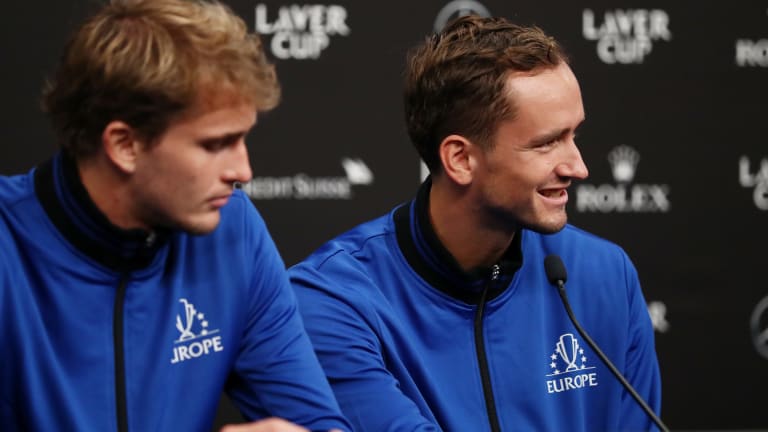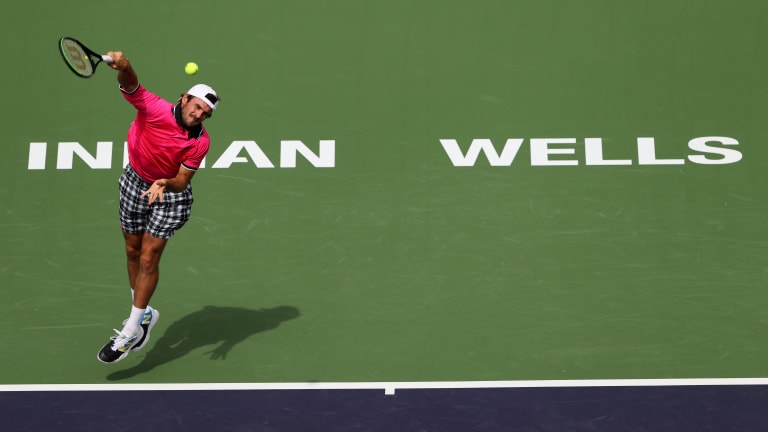Indian Wells, USA
This Indian Wells tournament is looking like a genuine pivot point for men’s tennis
By Oct 14, 2021Indian Wells, USA
Joao Fonseca, Emma Raducanu and Nick Kyrgios in action: Indian Wells, Day 2 Preview
By Mar 06, 2025Indian Wells, USA
Naomi Osaka loses Indian Wells first round to Camila Osorio
By Mar 06, 2025Indian Wells, USA
Petra Kvitova shows potential in maternity leave comeback
By Mar 05, 2025Indian Wells, USA
Smile! Players turn to our camera during Eisenhower Cup at Indian Wells
By Mar 05, 2025Indian Wells, USA
Emma Raducanu opens up about 'fixated' man in Dubai crowd at the BNP Paribas Open
By Mar 05, 2025Indian Wells, USA
Indian Wells, Day 1 Preview: Petra Kvitova, Naomi Osaka help kick off the BNP Paribas Open
By Mar 05, 2025Indian Wells, USA
Nick Kyrgios injures wrist in practice, leaving Indian Wells return in question
By Mar 05, 2025Indian Wells, USA
Expert Picks: 2025 Indian Wells champions, best bets
By Mar 04, 2025Indian Wells, USA
Indian Wells Men's Preview: Novak Djokovic and Carlos Alcaraz can’t get away from each other
By Mar 04, 2025Indian Wells, USA
This Indian Wells tournament is looking like a genuine pivot point for men’s tennis
“It’s like going from 100 m.p.h. to zero with those three out,” says Hubert Hurkacz’s coach Craig Boynton, about the absence of Roger Federer, Rafael Nadal and Novak Djokovic.
Published Oct 14, 2021
Advertising
Advertising
Advertising

Alexander Zverev and Daniil Medvedev have enjoyed breakthrough seasons and appear to be the successors to the Big Three. To what degree that success amounts to is a different story.
© Getty Images for Laver Cup
Advertising

Tommy Paul was one of many men that reached the fourth round of Indian Wells without a significant title to his name.
© Getty Images